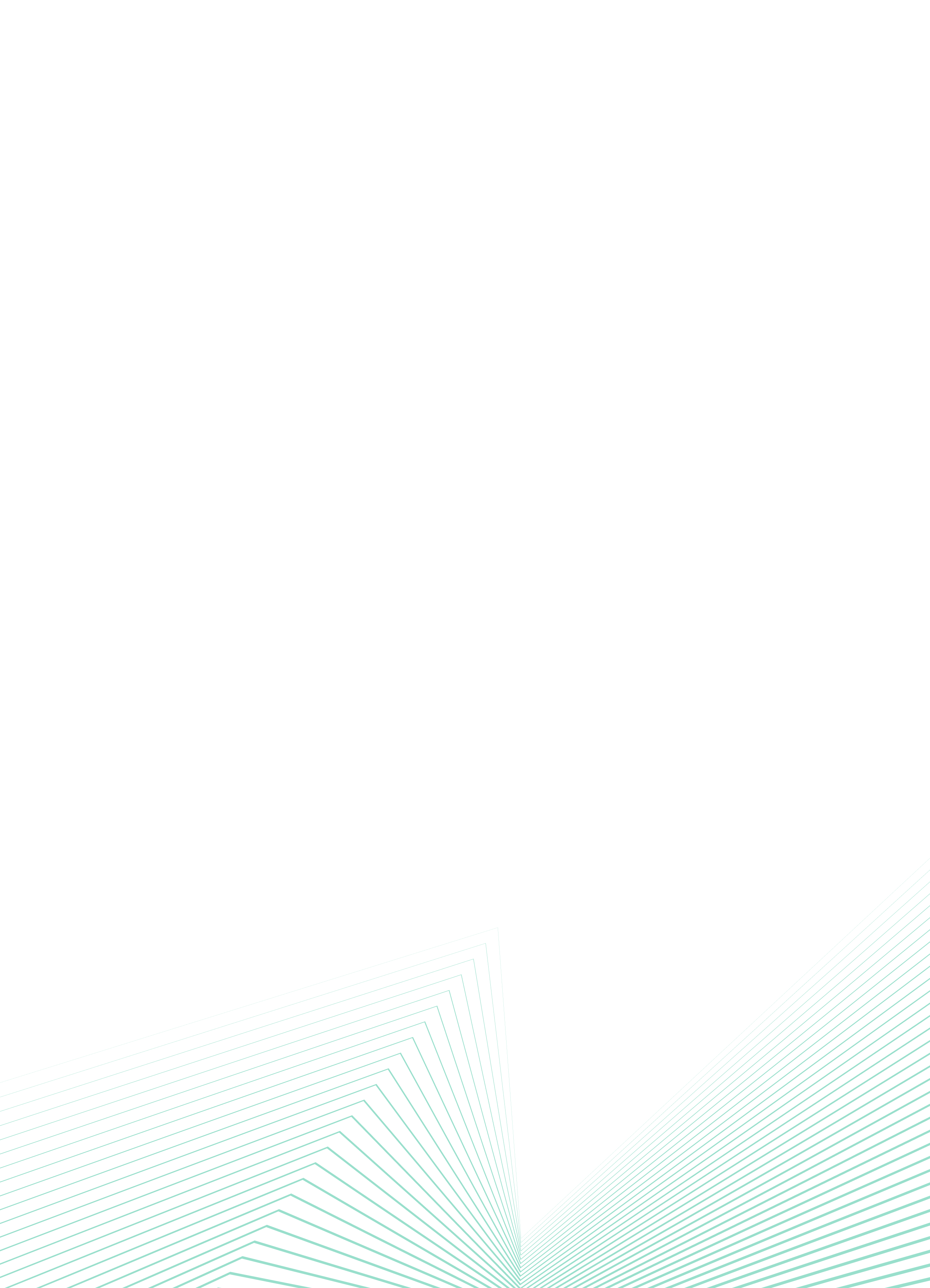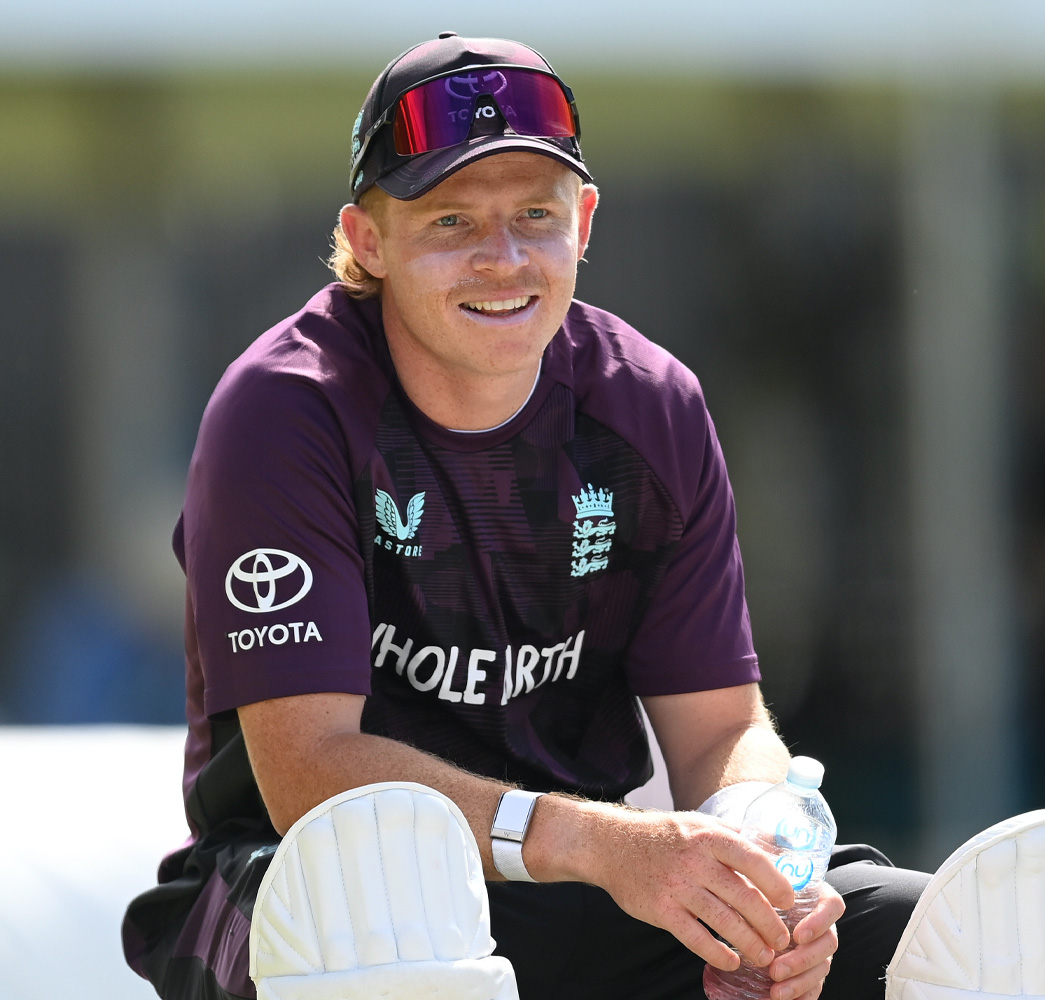'Massage keeps you moving, flushes the soreness, and clears your head. For me it’s recovery as much as treatment' - Jack Nowell
Massage has long been part of sport, but it’s not all the same.
From Swedish relaxation to deep tissue therapy, from sports massage to high-tech percussion guns, the right type at the right time makes a big difference.
ATHLETE INSIGHT
Jack Nowell uses massage to keep his rugby-battered body ready for the next match.
"In rugby you’re never 100 per cent fit," he said. "There’s always a knock or bruise.
"Massage keeps you moving, flushes the soreness, and clears your head. For me it’s recovery as much as treatment."
Fellow rugby star and 4CAST athlete Anthony Watson understands the benefits too - including post-op rehab.
"After surgery, I found soft tissue work was vital," he said.
"It’s not just muscles, it’s circulation, flexibility, and confidence. You feel like your body is being put back together."
WHAT THE EXPERTS SAY
"Massage isn’t just for muscles," says massage therapist Claire Sanderson.
"It improves circulation, stimulates the nervous system, and reduces stress.
"Sports massage is targeted - breaking down scar tissue, flushing lactic acid. Percussive guns mimic some effects, but they don’t replace hands-on therapy."
DO YOU KNOW YOUR MASSAGE TYPES?
1. Swedish: for relaxation and stress relief
2. Deep tissue: this breaks down knots and releases tension
3. Sports massage: used for targeted recovery and pre-event prep
4. Percussive therapy: a portable, tech-driven option
WHEN NOT TO MASSAGE
Avoid massage with acute injuries, infections, or heavy bruising.
Timing matters - deep tissue too close to competition can actually hinder your performance.















.png)







